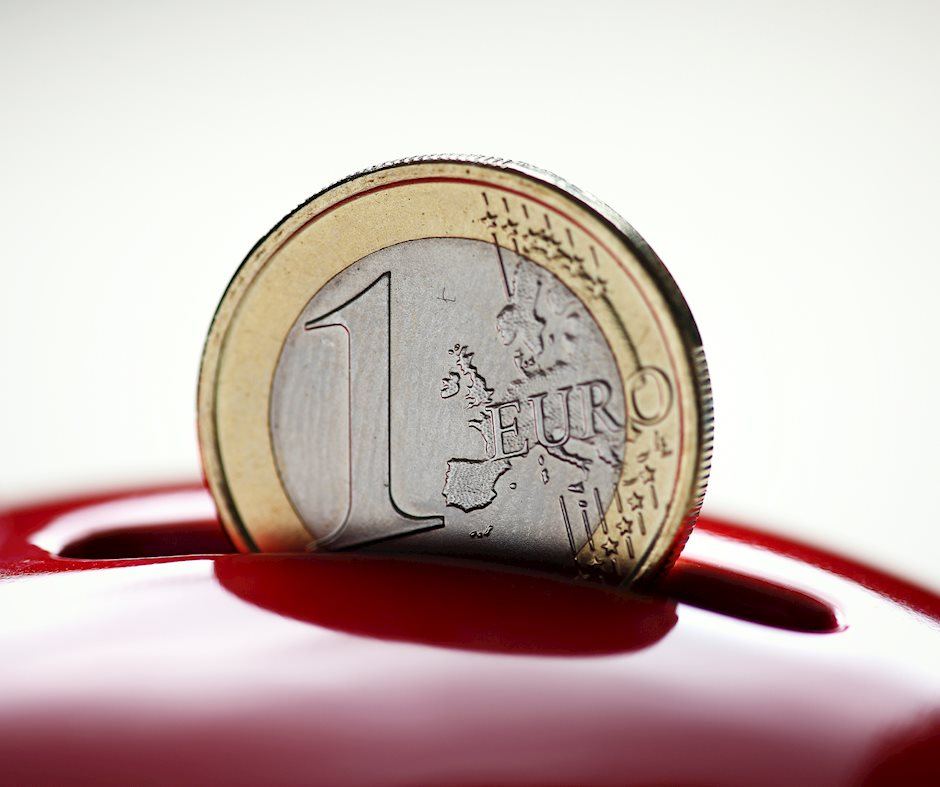EUR/USD flat lines above 1.1100 after Fed's bumper rate cut
- EUR/USD trades on a flat note around 1.1120 in Thursday’s early European session.
- The Fed cut rates by 50bps in the September meeting, bringing the new policy rate target to 4.75%-5.00%.
- Eurozone annual HICP steadies at 2.2% in August, as expected.

The EUR/USD pair trades flat during the early European session on Thursday. The major pair initially edged higher to monthly highs of 1.1189 after a large rate cut by the Federal Reserve (Fed) at its September meeting and eased back to near 1.1120.
The Federal Open Market Committee (FOMC) started its easing cycle, lowering the Fed funds target range by 50 basis points (bps) to 4.75%-5.00% on Wednesday. However, the Fed's forward guidance didn't seem to be as dovish as expected, which help limit the US Dollar’s (USD) losses.
Fed Chair Jerome Powell stated that “it feels to me that neutral rate is probably significantly higher than it was pre-pandemic”. The median long-term interest rate shifted to 2.9% from 2.8%, with 7 participants now seeing the long-term rate at or above 3.25%. The median projection for unemployment by the end of 2024 was revised to 4.4% from the 4.0% projection in June. Powell reiterated at the press conference that employment markets have now properly normalised, and the additional slowdown is not welcomed by policymakers.
Data released by Eurostat showed that the Eurozone Harmonized Index of Consumer Prices (HICP) rose 2.2% YoY in August, in line with the expectation and the previous reading of 2.2%. Meanwhile, the core HICP inflation holds steady at 2.8% YoY in August, matching the expectation. The European Central Bank (ECB) policymaker Joachim Nagel said on Wednesday that Eurozone inflation is still not as low as the ECB would like, so interest rates need to remain sufficiently high to resolve price pressures.
Looking ahead, the ECB Executive Board Member Isabel Schnabel is set to speak later in the day. On the US docket, the US weekly Initial Jobless Claims, the Philly Fed Manufacturing Index and Existing Home Sales will be published.
Euro FAQs
The Euro is the currency for the 20 European Union countries that belong to the Eurozone. It is the second most heavily traded currency in the world behind the US Dollar. In 2022, it accounted for 31% of all foreign exchange transactions, with an average daily turnover of over $2.2 trillion a day. EUR/USD is the most heavily traded currency pair in the world, accounting for an estimated 30% off all transactions, followed by EUR/JPY (4%), EUR/GBP (3%) and EUR/AUD (2%).
The European Central Bank (ECB) in Frankfurt, Germany, is the reserve bank for the Eurozone. The ECB sets interest rates and manages monetary policy. The ECB’s primary mandate is to maintain price stability, which means either controlling inflation or stimulating growth. Its primary tool is the raising or lowering of interest rates. Relatively high interest rates – or the expectation of higher rates – will usually benefit the Euro and vice versa. The ECB Governing Council makes monetary policy decisions at meetings held eight times a year. Decisions are made by heads of the Eurozone national banks and six permanent members, including the President of the ECB, Christine Lagarde.
Eurozone inflation data, measured by the Harmonized Index of Consumer Prices (HICP), is an important econometric for the Euro. If inflation rises more than expected, especially if above the ECB’s 2% target, it obliges the ECB to raise interest rates to bring it back under control. Relatively high interest rates compared to its counterparts will usually benefit the Euro, as it makes the region more attractive as a place for global investors to park their money.
Data releases gauge the health of the economy and can impact on the Euro. Indicators such as GDP, Manufacturing and Services PMIs, employment, and consumer sentiment surveys can all influence the direction of the single currency. A strong economy is good for the Euro. Not only does it attract more foreign investment but it may encourage the ECB to put up interest rates, which will directly strengthen the Euro. Otherwise, if economic data is weak, the Euro is likely to fall. Economic data for the four largest economies in the euro area (Germany, France, Italy and Spain) are especially significant, as they account for 75% of the Eurozone’s economy.
Another significant data release for the Euro is the Trade Balance. This indicator measures the difference between what a country earns from its exports and what it spends on imports over a given period. If a country produces highly sought after exports then its currency will gain in value purely from the extra demand created from foreign buyers seeking to purchase these goods. Therefore, a positive net Trade Balance strengthens a currency and vice versa for a negative balance.
Author

Lallalit Srijandorn
FXStreet
Lallalit Srijandorn is a Parisian at heart. She has lived in France since 2019 and now becomes a digital entrepreneur based in Paris and Bangkok.
















